Wars are tragic and violent depictions of upheaval, situations where political forces invest in military protocols, all armed. There are multiple reasons for war – intentional and unintentional, where forces try to establish their agenda or rule a minority group. Throughout history, international and civil wars have shaped life and individual well-being. As you walk through the strikes over the years, wreckage and tragedy have been constant. Here in this piece, allow us to introduce you to the most devastating wars in history, each of which lasted for more than a year – ruining peace and property.
American Civil War
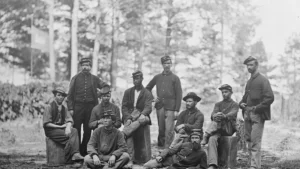
The American Civil War was a four-year conflict between the states’ Northern and Southern parts. Before the war, for the last 80 years, the Northern and the Southern parts debated certain issues – economic policies, cultural values, and practices. Most importantly, the role of slavery within American society. Between 1815 and 1861, the economy of the Northern states was diversifying and modernizing at a fast pace. However, in contrast, the Southern economy relied on large farms producing commercial crops like cotton, and enslaved people were the main labor force. With time, political tensions in the South rose to their peak, followed by constant arguments between pro-slavery and anti-slavery forces.
Things went out of hand when Abraham Lincoln, from the explicitly antislavery Republican Party, won the presidential election of 1860. Rebels opened fired on Fort Sumter in the early morning of 1861, and it went on for the next 34 hours. President Lincoln called for 75,000 militiamen to conform for three months. He also mandated the treasury secretary to proffer $2 million in raising troops, followed by a suspension of the writ of habeas corpus. Measures were taken first along the East Coast and finally throughout the country.
World War I
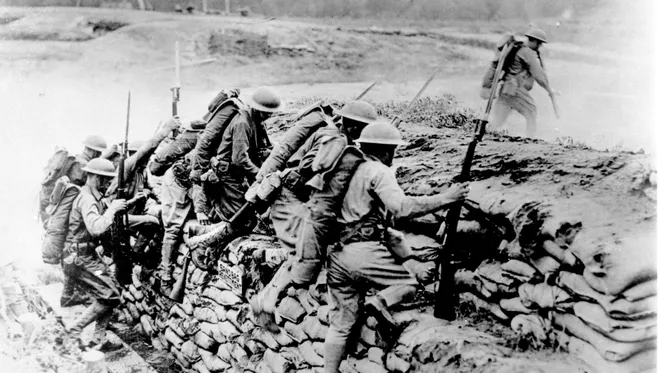
Second on the list of the most devastating wars in History, World War I was another war lasting more than a year with 9 million+ casualties. Militarism, imperialism, nationalism, internationalism, and secret diplomacy were the main reasons for the war. The assassination of Archduke Franz Ferdinand by Gavrilo Princip in Bosnia is vastly regarded as the starting point of the war.
Also, it was because Austria-Hungary and Germany wanted to secure colonies in Asia and Africa. On the other hand, Great Britain was trying their best to protect their legacy secured. Two alliances were fighting against each other – Germany, Austria-Hungary, and Italy, while France, Russia, and Britain were on the opposite. Ultimately, Germany faced a major blow, paving the way to World War II.
World War II
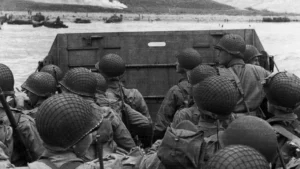
The principal belligerents in World War II were the Axis powers — Italy, Germany, and Japan fighting the Allies — Great Britain, France, the Soviet Union, the United States, and, to a lesser extent, China. As the biggest conflict in human history, WWII resulted in the killing of 50 million commoners and militarizing some 100 million.
If you are wondering what led it to top the list of devastating wars in History, there are multiple reasons. Worldwide economic depression, the rise of dictator militant forces in Japan and Germany, the abomination of the Treaty of Versailles, and the League of Nations failure. However, the war led to unprecedented changes in the status of countries and continents. France and England lost their positions of preeminence as superpowers, leading to the USA and the USSR rising to fame.
Russian Civil War
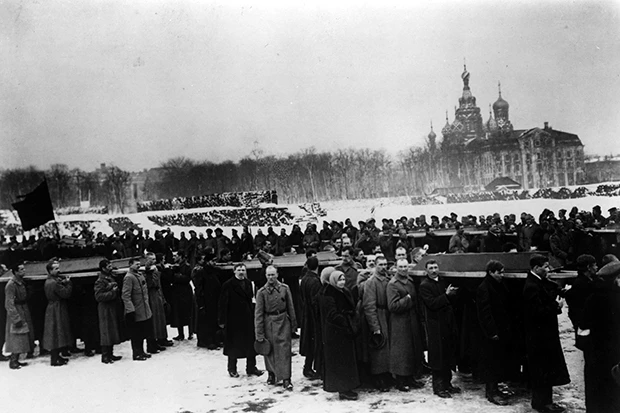
The Russian Revolution of 1917 overthrew the imperial government, placing the Bolsheviks in power. The defeat of Russia in World War 1 and the reactionary policies of Tsar Nicholas II harnessed economic hardships over Russia. The country’s Petrograde faced riots regarding food scarcity in February 1917, and with time, the army joined commoners. This left Nicholas with no choice but to surrender, leading to the formation of a provisional government by Georgy Lvov.
However, between March and October, the provisional government underwent reorganization four times. By this time, Vladimir Lenin had achieved support from majorities in the Petrograd and Moscow. He won increasing support among the hungry urban workers and soldiers. In October, the group staged a nearly bloodless coup – occupying strategic points and government buildings. This led to the formation of a new government by the Bolsheviks.
Mexican Revolution
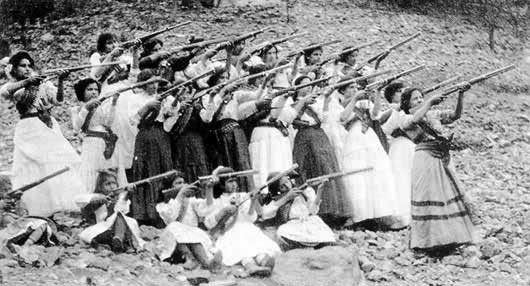
Surely lasting for 5+ years, the Mexican Revolution had to make it to the list of the most devastating wars in History. However, the war situation made it a point to call an end to a 30-year dictatorship in Mexico. The deep-rooted dissatisfaction with oligarchical and elitist policies by Porfirio Díaz, favoring the industrialists and wealthy landowners, served as the backdrop.
The Mexican Revolution saw mass participation of people in competing groups. There was resistance from workers, peasants, Indians, and mestizos, a brutal civil war for ten long years, and reformation at the end with the Constitution of 1917. Though historians do believe 1920 to be the end of the revolution, sporadic clashes and violence between federal troops and rebel forces continued til Lázaro Cárdenas (reformist president) took office in 1934. Also, his reign saw the institutionalization of reforms legitimized in the 1917 Constitution.
Wars over time have helped decentralize the existing forces and establish new power. These devastating wars in history stand as the epitome of such whereabouts, spilling out interesting facets of the international equations and allies that kept on changing.



